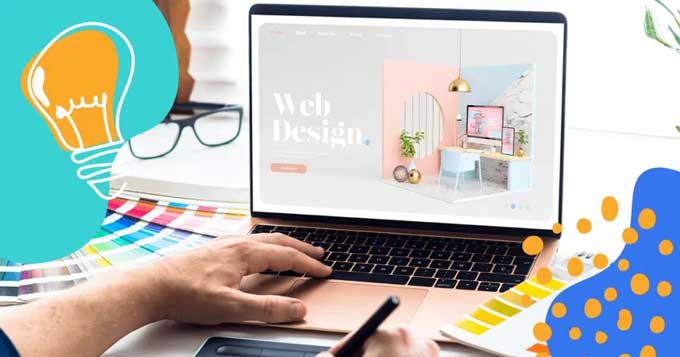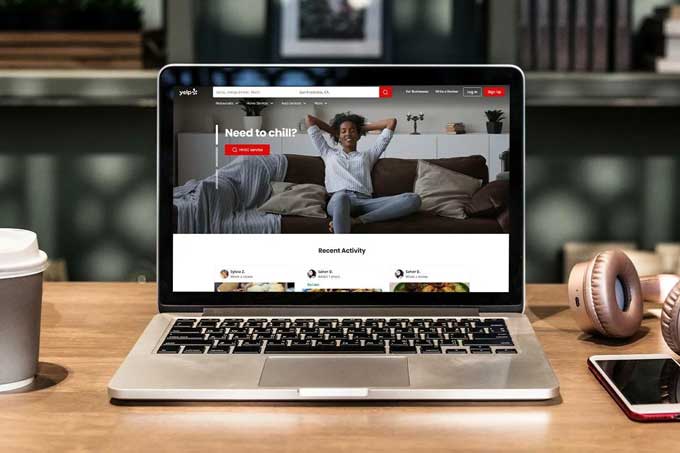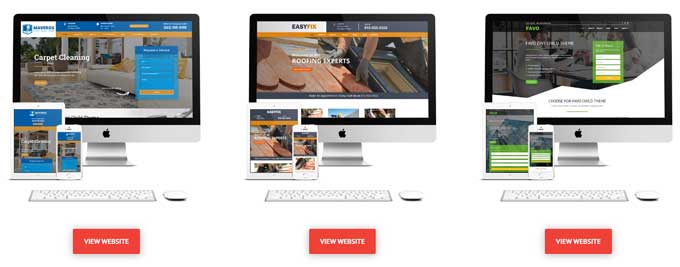Are you prepared to take your love of web design and convert it into a successful enterprise? The idea of owning your own web design business can be thrilling, but it can also be overwhelming to figure out where to begin.
In this comprehensive manual, we will guide you through each stage of the process of “how to start a web business”, from selecting your niche market right down to advertising your services and every little thing in between.
Embark on an incredible journey that could alter the course of your life while providing you with power over how things turn out!
Choosing a web design niche can be a strategic decision that offers several advantages for your web design business or career.
Whether or not you should choose a web design niche depends on your goals, interests, and the specific circumstances of your web design business or career.
Here are some factors to consider when making this decision:
Reasons to Choose a Niche:
Reasons Not to Choose a Niche:

Once you have selected your specialty, it is time to consider what web design services you want to provide.
Small companies need websites but they also benefit from other offerings such as hosting, email, SEO, social media, and advertisement.
Having different types of services can help attract more customers. This is valuable because it means one company can provide lots of solutions.
To get started here are some services that you can offer:

As a web design business owner creating a strong brand identity for your web design business is important to make customers trust you.
Make sure the logo is impressive, create unique features about your business, and think about how you talk to customers.
Use colors that fit with what you want to convey and create a language that stands out from other businesses.
Keep in mind who your target audience is when doing all of this so that people will remember your business online!
A truly effective logo must possess an original concept, be distinguished from other logos in the same market, and capture viewers’ attention.
To make a great logo for your web design business brand, keep it simple. It should stand out but still work on lots of places like black and white versions.
You can hire a designer to help you or use online tools. The logo should not follow what is popular now but stay with the same look no matter where it is used.
If you are more like a web developer than a designer you might want to hire someone to create your logo. A good place to find someone is Upwork or Fiver.
To ensure your business stands out from the competition, crafting an impactful Unique Selling Proposition (USP) is essential.
Your company should have its own special USP that makes it stand out from other companies in the same industry.
Think about these differences and then create a USP that will attract people who are looking for something different.
Test and adjust your USP as needed so you can draw in customers who want to work with you!

It is important to make a successful pricing plan when running a web design business.
Think about the market rate, how complex the project is, and how good you are at it.
Instead of tracking time, try value-based billing for better results.
Some options include hourly or project-based models.
To ensure you stand out from other service providers, it’s important to create irresistible deals that not only give customers benefits but also convince them to select yours over competing offerings.
An offering for web design that can’t be refused is one that offers an attractive solution to the customer’s needs, outlines its advantages and value with a guarantee, plus spurs timely action.
Make your website designing service stand out by offering customers free trials, discounts on long-term contracts, money-back warranties, or free consultations.
These are all strategies you could adopt in order to create an irresistible offer for your clients when it comes to designing websites.

Having an eye-catching website is important if you want to show people your work, services, and brand. It will help them understand why they should buy from you. On the website, include customer reviews, and a portfolio.
Starting a web design business requires certain legal procedures to be completed, such as registering the company and obtaining necessary permits.
Setting up a proper bank account is an important step for any new enterprise.
As a business owner, you should research different types of business structures like sole proprietorship or corporation before starting your business.
This will help you decide which type suits your goals for taxes and other liabilities.
Creating an elaborate plan that follows either a lean startup model or a summary can help put together essential guidelines on how you want everything managed from the start so consider making sure those are present before launch too.

For a successful web design business, having the right tools is essential. Invest in tools and software that will help you with web design, as well as reliable internet service and professional hosting services.
Some tools that I personally use are:
For website building:
For web hosting:
To make websites faster:
Designing:
SEO:

As a web designer, your portfolio is very important. This helps show people what you can do and the projects you have worked on.
To create your portfolio, pick projects that show off your style and abilities. One way to start is to make your own website.
You could also help charities or non-profits by creating websites for them – this would be a great way to show people how creative you are and make a difference too.
Make sure that the designs you present are innovative and reflect your vision – this will help set you apart from other web designers.

It is very important for your web design company to have the plan to market what you do. Use tools like Google AdWords, Facebook ads, and Email Marketing. Connect with people on social media too.
You can also use search terms related to what you do so that more people find out about your services quickly and easily. This will help increase the chances of finding new customers much faster than relying only on luck!

As a web designer, one of the biggest challenges you may face is obtaining clients. There are various methods you can use to market your services and attract clients to your business.
One option is to create a website showcasing your skills and portfolio, using SEO techniques to ensure it ranks well on search engines.
Another approach is to leverage social media platforms to connect with potential clients and showcase your web design skills.
You can also build your network by joining local business groups and attending industry events to promote your business to potential clients.
By utilizing these techniques along with effective communication and outstanding customer service, you can grow your web design business and attract more clients.
To be successful in web design, you need to provide excellent customer service. Figure out what the customer wants and stay in communication with them so they know what is happening.
Make sure you always do a good job and meet their expectations, or even exceed them. That way, clients will be happy and recommend your services to others.
Be careful not to take on too many projects at once, so that you can give each one enough attention while still producing quality work that meets expectations. This will help you build a great reputation with customers and create long-lasting relationships with them.
It can be hard to make a business run better, but it is possible. If you own a web design business, it’s important to make things easier and faster.
Automation tools can help with simple tasks so you can focus on the important stuff. Plus, hiring experts for certain tasks will help get the work done faster and better. Make sure you keep track of business expenses and use project management software to stay organized and finish things on time.
Automating certain tasks like billing or scheduling social media posts saves time that can be spent on other areas of designing websites that need more focus.
Assigning tasks like tax calculation and bookkeeping to professionals in those areas can help produce better results than trying to do it yourself. It is not always necessary to keep doing something the same way because it has been done before by someone else.
As a freelance web designer, it is important to communicate well with your clients. You may be working in a team, so make sure everyone knows what is going on.
Use platforms that help keep people updated on the project. Even if there are technical issues, work together to give the best service possible for the customer’s needs. Clear communication helps you finish projects successfully and build strong relationships with clients.
If you want to start a web design business, it’s important to take action. You will need dedication and enthusiasm to build a successful web design business. This can help you achieve your goals and live the life you want.